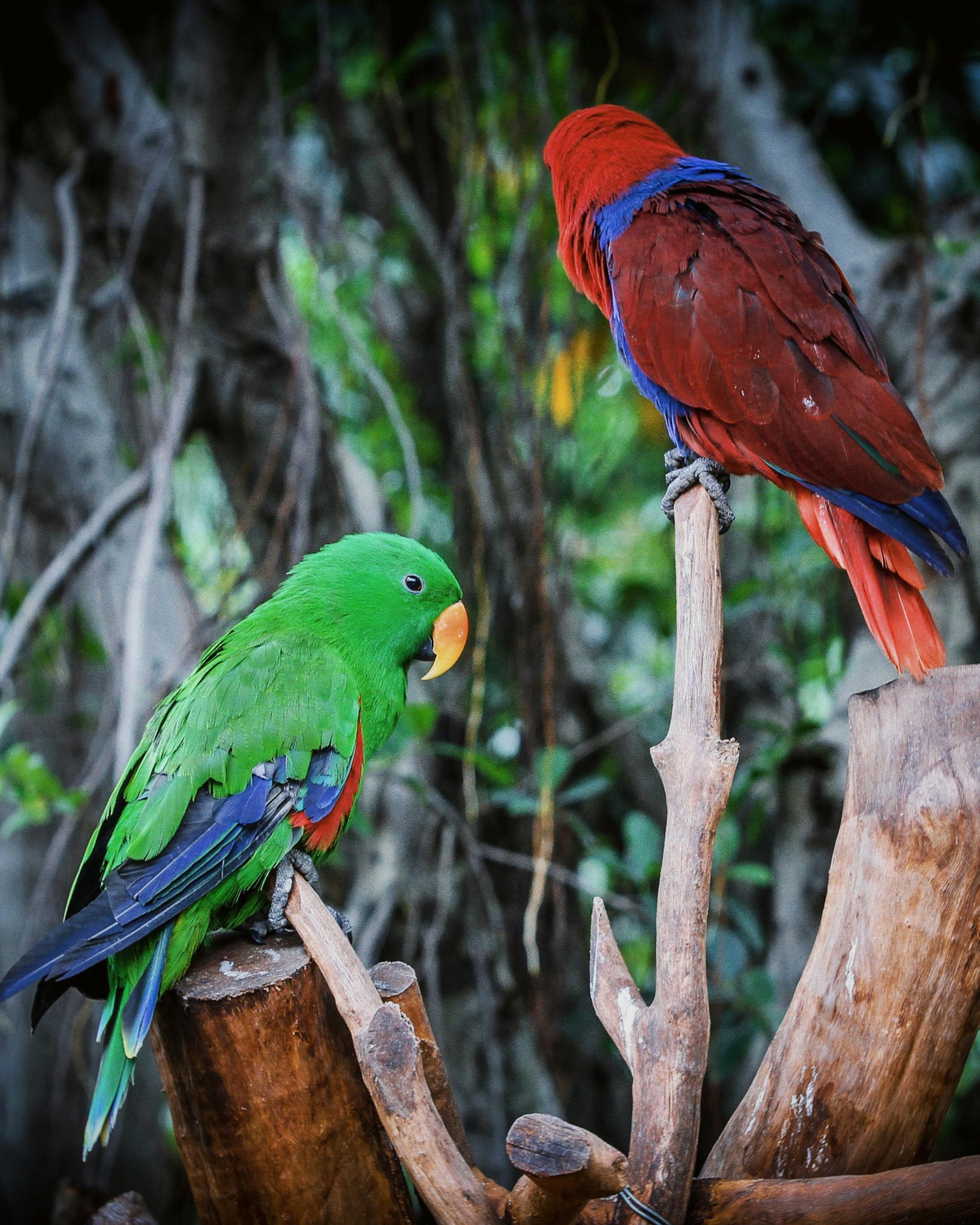
Top 5 Effective Ways to Care for King Betta Fish in 2025
King Betta fish are some of the most stunning aquatic pets, displaying vibrant colors and unique personalities. As a proud owner of a King Betta, understanding the essentials of their care is vital for promoting their health and happiness. Their distinct traits and behaviors make them compelling additions to any aquarium, but they do require specialized attention to thrive.
In this article, we will explore effective strategies to care for your King Betta fish. You'll learn about tank setup, nutrition, behavior insights, and maintenance tips that will help you create a perfect habitat for these majestic creatures. The knowledge you gain here will not only enrich your understanding but also enhance the quality of life for your Betta.
Let’s dive deeper into the key aspects of King Betta care and help ensure that your fish enjoy a long, healthy lifespan.
Understanding King Betta Fish
The King Betta, also known as Betta fish, are a hybrid of the traditional Betta splendens, making them larger and often more vibrant than standard Betta varieties. Their prominent size and spectacular colors are a result of selective breeding, targeting traits that appeal to fish enthusiasts.
Physical Characteristics and Colors
King Betta fish come in a variety of colors, including striking blues, greens, and reds. Their flowing fins and intricate patterns make them a beautiful choice for aquarists. Popular colors include metallic and pastel shades, which can be attributed to their genetic makeup.
Understanding the genetics behind these colors can help owners make informed decisions when purchasing their fish. For example, certain color mutations might indicate a predisposition to certain health issues, so sourcing from reputable breeders is essential.
Behavioral Insights
King Bettas are known for their vibrant behavior. They exhibit a range of emotions from aggression to tranquility, influenced by their environment and social interactions. Males are particularly territorial, making it important to provide them with adequate space or suitable tank mates.
Observing their interactions can give clues about their well-being. Signs of stress might include rapid gill movement, hiding, or unusual swimming patterns. It’s crucial to understand these behaviors to identify and remedy potential issues promptly.
Choosing the Right Environment
The environment of your King Betta is paramount for their health. A properly set up tank can mimic their natural habitat, ensuring they thrive. Ideal tank size typically starts at 5 gallons to provide swimming space and maintain water quality. Decorate the tank with plants and hiding spots to create a stress-free environment.
Additionally, maintaining appropriate water parameters, such as pH levels and temperature, is essential for their health. King Betta fish thrive in warm water (around 78-80°F) with a pH range of 6.5 to 7.5, so regular water testing and changes are necessary.
Setting Up the Perfect Betta Fish Tank
Creating the ideal tank environment is crucial for your King Betta. The right setup can influence their behavior, health, and longevity significantly. Let’s look at the essential elements you need to consider for a thriving aquarium.
Tank Size and Shape Considerations
As previously mentioned, a minimum tank size of 5 gallons is recommended. Larger tanks not only provide more space for swimming but also help in maintaining stable water conditions. Consider the shape as well: wider tanks allow for more swimming room and offer better filtration options.
Filtration and Lighting Systems
Proper filtration is vital to keep the water clean and oxygenated. Betta fish prefer gentle water flow; thus, look for filters designed specifically for Betta habitats. Regarding lighting, opt for LED systems that simulate natural sunlight, which not only plants thrive on but also enhances the colors of your King Betta.
Decor and Enrichment
Adding decorations such as plants, caves, and hiding spots will help reduce stress and replicate their natural environment. Live plants also contribute to water quality and provide hiding spots that can make your Betta feel secure.
However, avoid sharp edges that could injure your fish. Smooth decorations are recommended for safety, allowing your Betta to showcase their personalities without risk.
Feeding Your King Betta Fish
Proper nutrition plays a crucial role in the health of your King Betta fish. A balanced diet helps maintain their coloration, behavior, and overall vitality. Let’s examine the key aspects of feeding your fish effectively.
Types of Food
High-quality pellets designed for Betta fish should make up the majority of their diet. Supplementing their meals with freeze-dried or frozen foods like bloodworms or brine shrimp can offer essential nutrients and mimic their natural diet.
It’s crucial to provide a varied diet to prevent nutritional deficiencies, which can affect their health in the long term. Additionally, avoid overfeeding, which can lead to health issues such as constipation or water pollution.
Feeding Schedules
Establish regular feeding schedules to promote a healthy feeding routine. Generally, feeding your King Betta small amounts twice a day is sufficient. Monitor their behavior during feeding; if they seem uninterested or refuse food, it may be a sign of health issues or stress.
Once a week, consider fasting your Betta to prevent overeating and maintain digestive health. This practice helps clear their system and promotes metabolic balance.
Special Dietary Needs
As fish age and grow, their dietary needs may change. Young and active Betta fry require protein-rich foods to support their growth, while older fish may benefit from lower-fat diets. Always pay attention to your Betta’s body condition.
Introducing supplements such as spirulina or vitamins may also enhance their health and color. However, ensure any additives are specifically formulated for fish to avoid adverse effects.
Monitoring Betta Fish Health
Regular health checks are essential to detect any issues early. Understanding common signs of illness can help you act quickly and ensure the well-being of your King Betta.
Common Betta Fish Diseases
King Bettas can suffer from various diseases, including fin rot, ich, and velvet disease. Learn to recognize the symptoms: for instance, fin rot often presents as ragged edges on fins, while ich can show as small white spots on the body.
Keeping water quality high is the best preventive measure against diseases. Regular water changes, combined with good tank maintenance, can help reduce stressors that lead to health issues.
Signs of Stress
Look for signs of stress, such as erratic swimming, hiding, or a lack of appetite, which can indicate environmental issues. Factors such as temperature fluctuations, overcrowding, and poor water quality can lead to increased stress.
By watching for these signs and acting swiftly, you can address issues before they lead to serious health problems. Create a calming environment, ensuring your fish feels secure and comfortable.
Preventive Health Care Tips
To promote a healthy King Betta, invest in high-quality filtration systems and perform regular water changes. Test water parameters frequently, ensuring they remain stable. Quarantine any new fish before introducing them to avoid potential diseases.
Consult reputable sources for any concerns about your fish’s health and stay informed with the best practices for betta fish care.
Conclusion
Taking care of King Betta fish involves understanding their unique needs and behaviors. From setting up an appropriate tank to providing a balanced diet and monitoring health, the rewards of keeping these stunning fish are many. With the right approach, you can create a thriving environment that not only showcases their beauty but also supports their health and happiness.
By implementing the tips shared in this article, you can ensure a thriving life for your King Betta, allowing you to enjoy their beauty and personality for years to come. Happy fishkeeping!

